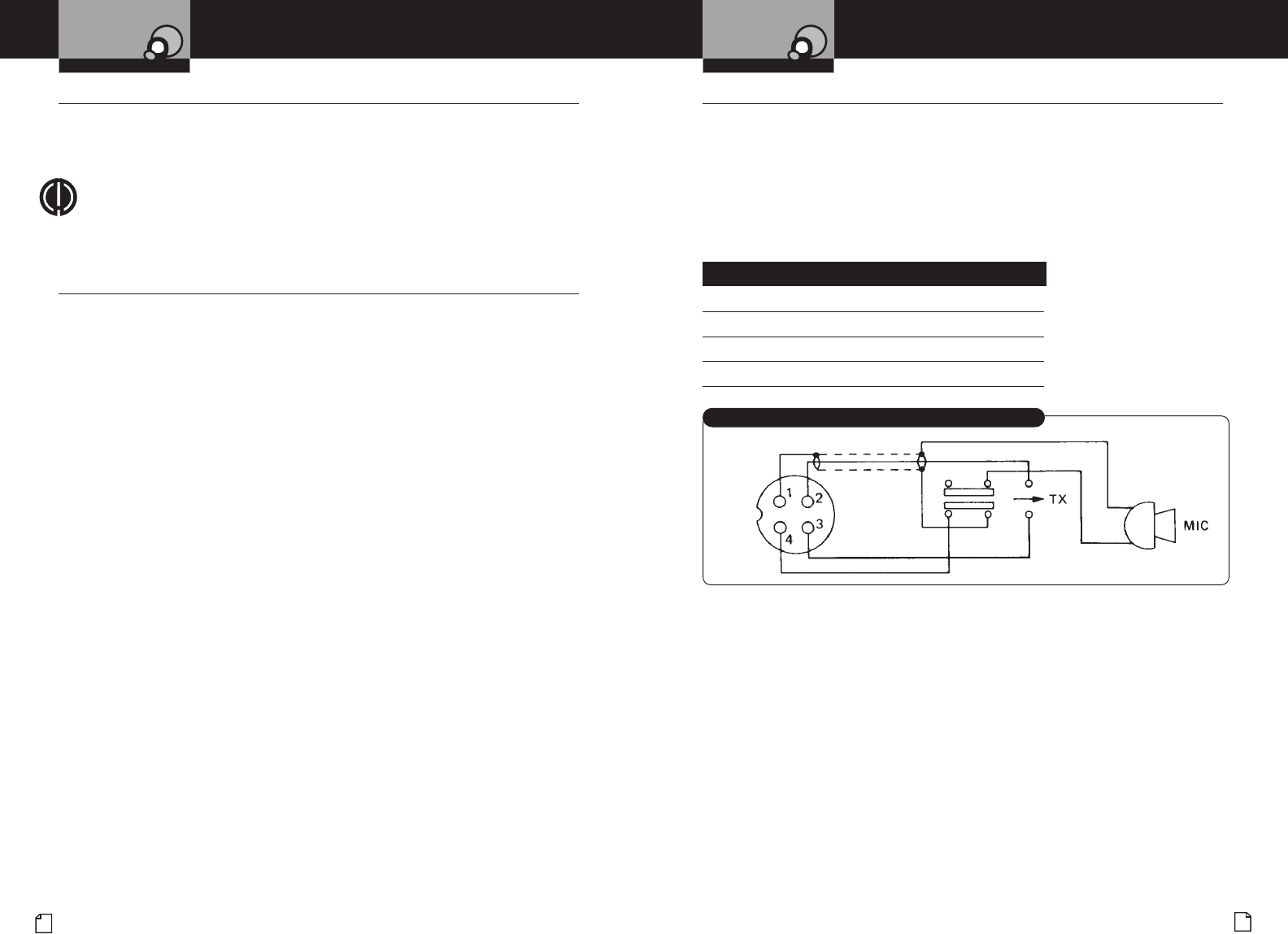
17
Nothing comes close to a Cobra
®
Alternate Microphones
and Installation
16
English
Maintenance and Government
Regulatory Information
Maintenance
•
The transceiver is specifically designed for the environment encountered in mobile
installations. The use of all solid-state circuitry and its light weight result in high reliability.
Should a failure occur, however, replace parts only with identical parts. Do not substitute.
NOTE
If the performance described in the operation sections is not obtained, review
the installation instructions to insure that proper procedures were followed.
If a problem still exists, refer to the product service section on page 23.
Government Regulatory Information
•
This device complies with part 15 of the FCC Rules. Operation is subject to the
condition that this device does not cause harmful interference.
Transmitting using this radio requires an Amateur Radio License. If you live in the
United States, visit http://www.fcc.gov or http://www.arrl.org for further licensing
information. In Canada, visit http://strategis.ic.gc.ca or http://www.rac.ca/.
Alternate Microphones and Installation
•
For best results, the user should select a low-impedance dynamic type microphone
or a transistorized microphone. Transistorized-type microphones have a low output
impedance characteristic. The microphone must be provided with a four-lead cable.
The audio conductor and its shielded lead comprise two of the leads. The third lead
is for receive control, the fourth is for transmit control.
The microphone should provide the functions shown in the schematic below.
--
4 Wire Mic Cable
Pin Number Mic Cable Lead
1 Grounding
2 Audio Lead
3 Transmit Control
4 Receive Control
If the microphone to be used is provided with pre-cut leads,
they must be revised as follows.
1. Cut leads so that they extend
7
⁄16" beyond the plastic insulating
jacket of the microphone cable (see Fig. 2).
2. All leads should be cut to the same length. Strip the ends of each wire
1
⁄8"
and tin the exposed wire.
Before beginning the actual wiring, read carefully the circuit and wiring
information provided with the microphone you select. Use the minimum
heat required in soldering the connections. Keep the exposed wire lengths
to a minimum to avoid shorting when the microphone plug is reassembled.
Fig. 1 Cobra microphone schematic
Your Mobile Radio Your Mobile Radio


















